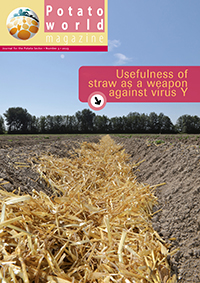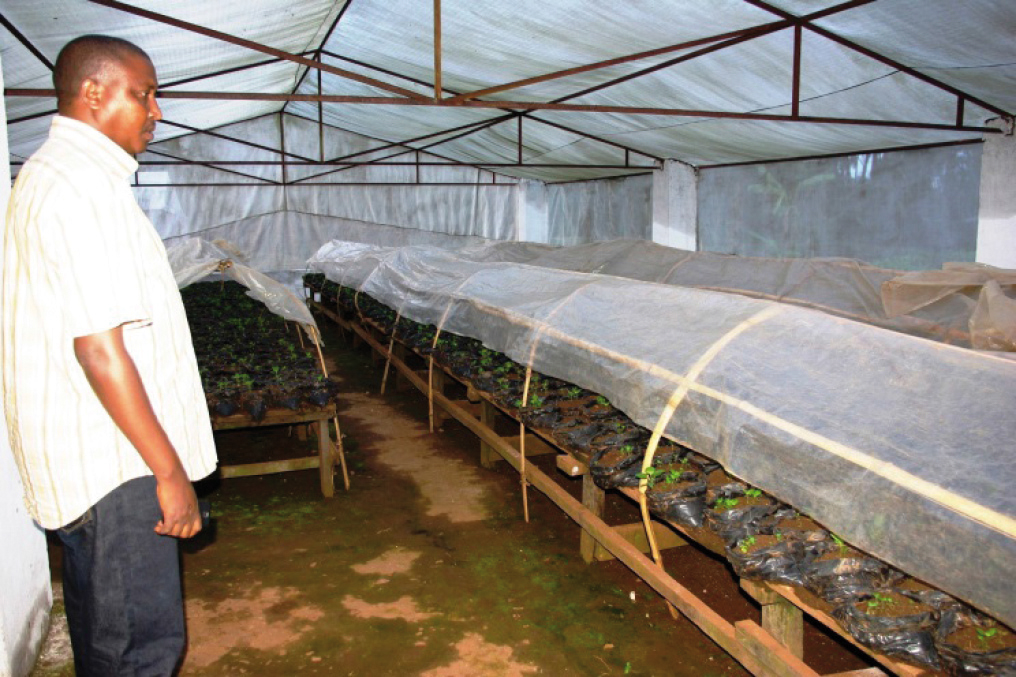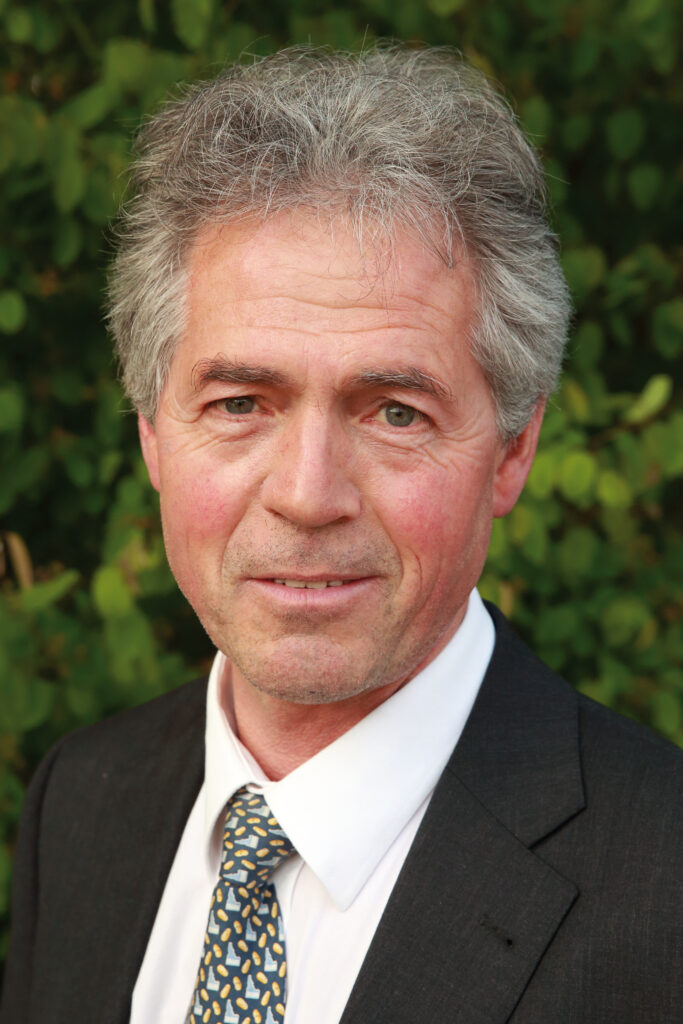Already a subscriber? Activate your premium account

Potatoworld Magazine

Myanmar, Mozambique and Burundi: just three examples of countries where potato plays a slowly increasing role to feed the population. India, Rwanda and Kenya, just three examples where the potato plays a substantial role in feeding the needy millions.
The former three countries have in common that they have gone through many decennia of seclusion, political difficulties, lack of international communication, slow technological innovation and economic stagnation. When I travel there, which I do frequently – I need to bring cash as ATMs are not found and outside the capital – where the potatoes tend to be cultivated – contact to the outside world by phone or internet usually is not possible. The varieties they grow often are the same that former ruling colonial powers introduced over half a century ago. Introduction of new varieties and their distribution through rapid multiplication schemes usually just started with the assistance of foreign development aid and is carried out by non-governmental aid organizations. The latter three countries have in common that they enjoy relative political tranquillity, opened up national and international communications and trade and welcome innovations. In India potato production augmented rapidly because potato occupies an increasing proportion of the winter crops in the Indo-Gangetic plains. In several African countries potato production rapidly increased to become the second food stuff after maize (Kenya) or cassava (Rwanda) because of suitable growing conditions but more so because of the more or less simultaneous introduction of the “Big Three of Potato Production” as I coin them: crops from better propagation material (healthy seed of adapted and resistant varieties), supplied with nutrients (N, P, K mainly from fertilizers) and protected from pests, diseases and weeds. Where one of these three lack, potato production stays behind that of more competitive environments.
The chemical companies have ‘discovered’ most developing countries by now. In e.g. Indonesia and the Philippines where chemicals were introduced many decennia ago there are many examples of oversupply of fertilizers and pesticides to potato crops, leading to inefficient use of such resources and straining the environment, whereas in for example Myanmar and Burundi where chemicals were only introduced recently, crop and soil fertility losses occur. Is an inadequate application of fertilizers and crop protection agents the reason of the so far unresolved enigma: why do some potato production system extensively use certified seed and why keep others relying on farm saved seed? The answer to this question is also most relevant for seed potato exporting companies to start successful ventures there. I state that whether there is a formal seed production system or not, new varieties – if accepted by growers and consumers to outperform current ones –find their way. This holds for Dutch varieties such as Favorita rapidly expanding in China and neighbouring countries and for Lady Rosetta in India (much to chagrin of the owners of these varieties that see no remuneration of breeder’s right) but more so for varieties introduced by the International Potato Center to the East African countries Ethiopia , Kenya, Rwanda and Uganda. Here probably well over half the area now is occupied by such genetic material either as named released varieties or somehow unofficially diffused and given local names.
What then are the bottlenecks for the use of certified seed that in most developing countries – whether the potato develops rapidly or slowly – does not exceed two percent of all seed planted?, the remainder being farm saved. Does seed degenerate less rapidly than expected, less than in North-West Europe? Or does insufficient application of fertilizers and pesticide (and water) not justify the use of expensive improved seed which may not be the limiting factor? Is certified seed simply too expensive and do growers not want to take the risks to invest in it or do not have the credit available? Do ‘seed producers’ that receive basic seed from some governmental organization at harvest rather sell the whole crop for need of cash than to wait for three months and sell sprouted seed at a greater profit? Or does some crucial combination of these matters apply? Many unanswered questions! In the answers, however, must lay the key for investments by national governmental or national or international seed businesses. This year Wageningen University starts a research project in Burundi funded by the Royal Netherlands Academy of Sciences to answer the questions above in the years to come. We will technically, socially and financially follow the seed chain from in-vitro, through mini-tubers (see photograph), basic seed, certified seed and table potatoes sold in the capital Bujumbura. Thorough monitoring and on-farm trials are part of the research. I will report in 2017 and hope to have solved the enigma by then.

Anton Haverkort
antonhaverkort@wur.nl
Events
©2015 - 2024 Potatoworld | Webdesign and realisation COMMPRO